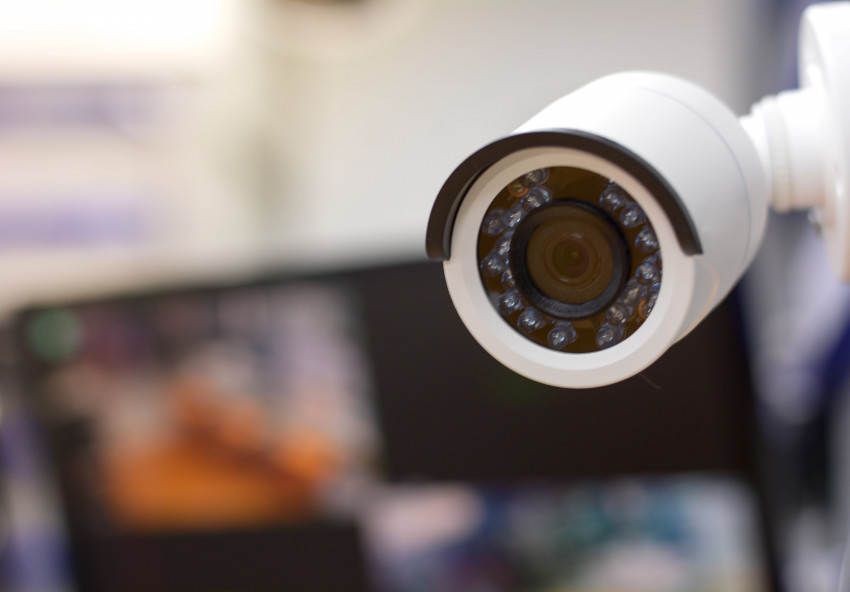
Reducing the vulnerability of a network connected video surveillance system depends on a constantly preventive stance on the part of manufacturers, service providers and users. Learn 10 steps to protect your IP CCTV cameras from unauthorized access to images.
Appearances, also in technology, can be deceptive. Two apparently similar videos captured by monitoring cameras of different sources can be fundamentally different. Although they shoot the same scene, they may have different levels of security against cyberattacks, a growing concern for IT personnel in government agencies and in the financial sector (due to the confidential nature of their operations), in industries (especially concerned with your intellectual property) and in hospitals (where patient privacy is a priority).
In these and other applications, the creation of more secure networks depends on a continuous and collective effort, which involves three axes: the commitment of the manufacturer, the know-how of the integrators and a preventive attitude on the part of the users.
This coordination is important considering the risks associated with these crimes. When we talk about network attacks, we can classify them into two main types:
Opportunistic attack: occurs when the attacker takes advantage of a known weakness to attack; If the attack fails, the offender will move to the next victim. An opportunistic attack targets users and improperly configured systems.
Targeted Attack - Usually involves a clever plan and occurs when an offender selects a specific target. The attacker will target vulnerable users and poorly protected or fragile systems.
The first type of attack is the most common and easy to carry out, while the second is undoubtedly more dangerous, because the risks are higher, such as the appropriation and deletion of confidential data or the theft of materials protected by Copyright.
How to protect a video surveillance system
To guarantee the maximum level of protection, it is necessary that the video system that is part of the network meets certain requirements that will allow the levels of protection of the existing infrastructure and the protection policy established by the person responsible for the network.
The system must also have adequate protection taking into account the previous level of risk calculated for all its components (servers, clients and devices connected to the network), based on a preliminary analysis of extremely important risks.
Regarding customer protection, Axis cybersecurity experts recommend the protection of all network 'nodes' in accordance with IT policies through the use of a correct and appropriate password management and enforcement firewall., antivirus software and encryption processes. And finally, provide accurate customer maintenance service management with up-to-date operating systems and applications.
Overall, these are Axis Communications' top 10 cybersecurity recommendations:
1- Do a risk analysis of the potential threats and the possible damages / costs if the system has been hacked.
2- Acquire knowledge in protecting the system and possible threats. Work closely with resellers, system integrators, consultants, and product vendors.
3- Protect the network. Violating network protection increases the risk of interception for sensitive information from individual network and invasion server devices.
4- Use individual and strong passwords, changing them regularly.
5- Do not trust a factory default configuration of network devices:
Change the default password.
Enable and configure device protection services.
Disable services that are not being used.
6- Use connections with cryptography, when possible, even on local networks.
7- To reduce video exposure, direct access to customer cameras should not be allowed, unless required by the system / solution. Clients should only access videos through a VMS (Video Management System) or media proxy.
8- Check access logs regularly to detect unauthorized access attempts.
9- Monitor devices regularly. Enable the notification system when appropriate and justified.
10- Use the latest version of the software, which may include security fixes.
In addition to these recommendations, it makes sense for government and private entities to be cautious about the origins of video surveillance devices that will connect to the network. When choosing a video surveillance system, the behavior of manufacturers should be observed with the identification and resolution of vulnerabilities to minimize damage.
On the other hand, the experience of integrators is essential to increase the security of their customers and users themselves must take responsibility for the protection of the devices that, in turn, protect what is valuable to them.





